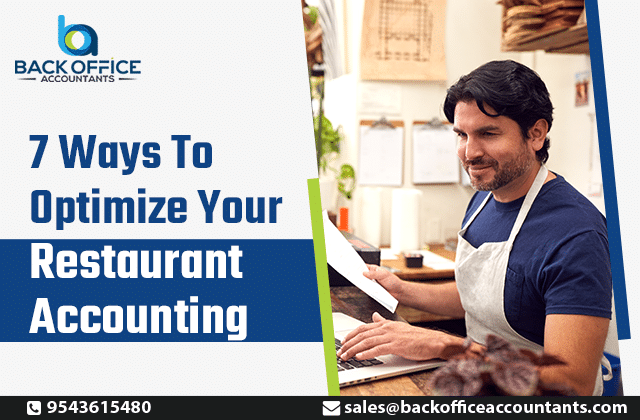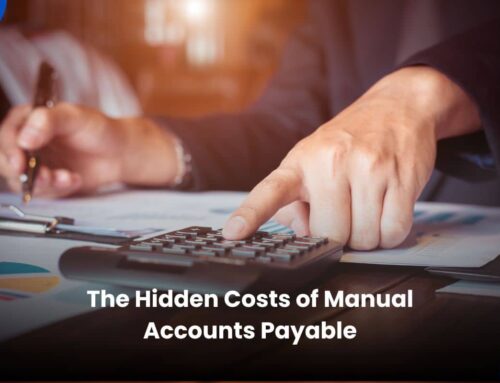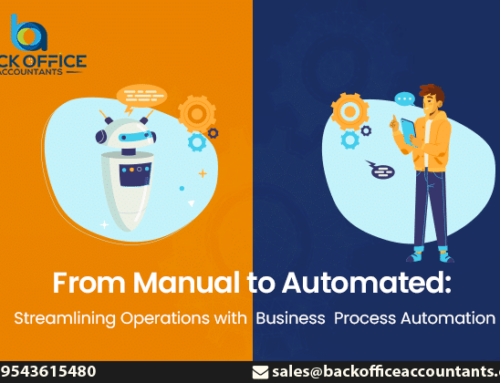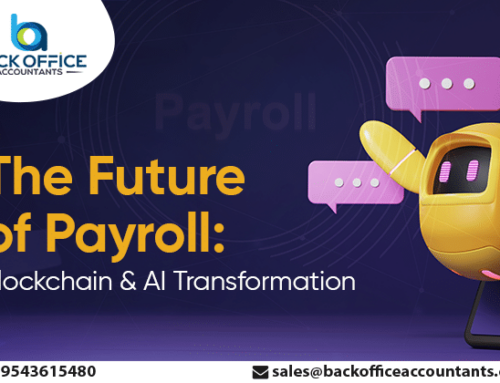Restaurant accounting is widely recognized in the accounting industry as one of the most daunting tasks to manage and ace. Unlike other industries, restaurants grapple with unique problems that make their accounting arduous, even for seasoned accountants.
The costs of ingredients often fluctuate, and managing perishable inventory can be complex. Moreover, complying with various regulations adds another layer of challenge. As a result, the dynamic nature of the restaurant business requires greater flexibility, agility, and precision in accounting.
Take restaurant accounts payable, for example, which can significantly burden and slow down the entire procure-to-pay process for restaurants. First, the high volume of diverse invoices in various formats, along with manual approval processes, can make the procure-to-pay process more challenging. In addition, complex reconciliation procedures and limited resources add to the difficulty. Moreover, seasonal fluctuations can cause delays and errors in the process.
Fortunately, the automation of accounts payable promises to solve many problems. As a result, it speeds up the procure-to-pay process in restaurant accounting. Additionally, it helps solve many of the challenges that restaurants face. Ultimately, this streamlining improves efficiency and reduces errors.
To fully benefit from automating accounts payable and the procure-to-pay process, the entire accounting process must be automated. This blog highlights key aspects of accounting automation and offers seven ways to optimize restaurant accounting automation. Read on:
Where to Start – Restaurant Accounting Optimization
Here are seven practical steps to optimize your restaurant accounting and take advantage of automation:
Digitize Your Restaurant Accounting:
By utilizing cloud-based restaurant bookkeeping services with optical character recognition (OCR), you can automatically input line-item information from invoices into your accounting system. As a result, this ensures real-time access and seamless tracking of data from anywhere.
Pay Vendors Online:
Transition to online payments to save time, reduce errors, and simplify payment tracking. Most modern restaurant accounting solutions include online payment features.
Manage Inventory on the Cloud:
Adopt cloud-based inventory management to track inventory in real time. As a result, you can easily adjust inventory costs based on current market prices, which ultimately leads to improved cash flow.
Track Credits Automatically:
Leverage AI and machine learning-powered accounts payable solutions to automatically track credits and losses, eliminating manual tracking errors.
Accounts Payable Reconciliation:
Use automation to reconcile accounts at the end of the month. Automated solutions can identify discrepancies, reducing the time spent on administrative tasks and minimizing errors.
Track and Manage Food Costs and Expenses:
Automate accounts payable to unlock actionable expense data. Utilize food costing software to analyze food costs, and percentages, and create unique cost formulas for your business.
Create Price Alerts:
Set up alerts to notify you of changes in food prices. This enables you to adjust menu offerings and stay competitive in response to market fluctuations.
Seven Restaurant Accounting Features to Improve Efficiency
Outsourced restaurant accounting firms are increasingly leveraging technology to optimize their operations and enhance services for their clients. As a result, they are able to streamline processes and provide more value. Here are seven key features that can significantly improve efficiency:
-
Integrations with POS and BOH Systems:
By integrating technology with Point of Sale (POS) and back-of-house (BOH) systems, you can easily sync and consolidate financial data. As a result, this automation streamlines processes and reduces manual errors. This provides real-time access, eliminating manual data entry and ensuring accuracy.
-
Automating Workflow Processes:
By utilizing automation tools, including cloud-based accounting software, you can automate routine tasks such as data entry, invoicing, and financial reporting. As a result, this frees up time for more strategic activities, such as financial analysis and advisory services.
-
Enhancing Communication and Collaboration:
By using cloud-based accounting software, you can access financial data in real time, which not only helps improve communication but also enhances collaboration between accounting firms and restaurants. Furthermore, by making use of collaboration tools, you can significantly boost internal communication efficiency.
-
Leveraging Accounts Payable Automation:
Automate the accounts payable process, including invoice processing and payment workflows. This reduces manual intervention, enhances accuracy, and strengthens vendor relationships, improving and accelerating the procure-to-pay (P2P) process.
-
Automated Payroll Solutions:
Streamline payroll processes through automated solutions, providing fast and flexible pay options. This simplifies payroll administration, ensures compliance, and offers insights into employee compensation.
-
Business Intelligence:
Integrate business intelligence (BI) technology for specialized financial analysis, reporting, and forecasting. This helps accounting firms make informed decisions and identify cost-saving opportunities. Additionally, it allows them to forecast future trends and gain key insights. As a result, they can further improve the crucial procure-to-pay (P2P) process.
-
Technology Streamlines Restaurant Accounting Operations:
Embrace technology to automate workflows, enhance communication, and streamline accounting operations. This results in improved efficiency, reduced errors, and increased profitability for both accounting firms and their restaurant clients.
Optimizing restaurant accounting through automation is a transformative step toward efficiency, accuracy, and profitability. Whether you’re a restaurant operator using these strategies or an accounting firm improving client services, the role of technology is undeniable. First, embrace innovation to make processes smoother. Then, streamline workflows to save time and stay ahead of competitors.
Speaking of innovation, Back Office Accountants stands out as a leading partner in this journey. With cutting-edge solutions for bookkeeping services tailored for the restaurant industry, Back Office Accountants empowers businesses to thrive. Embrace the future of restaurant accounting with Back Office Accountants. Moreover, we are your trusted ally, helping you navigate the digital changes in the culinary world.







